A Complete Guide on How to Sow Grass and Take Care of Your Lawn
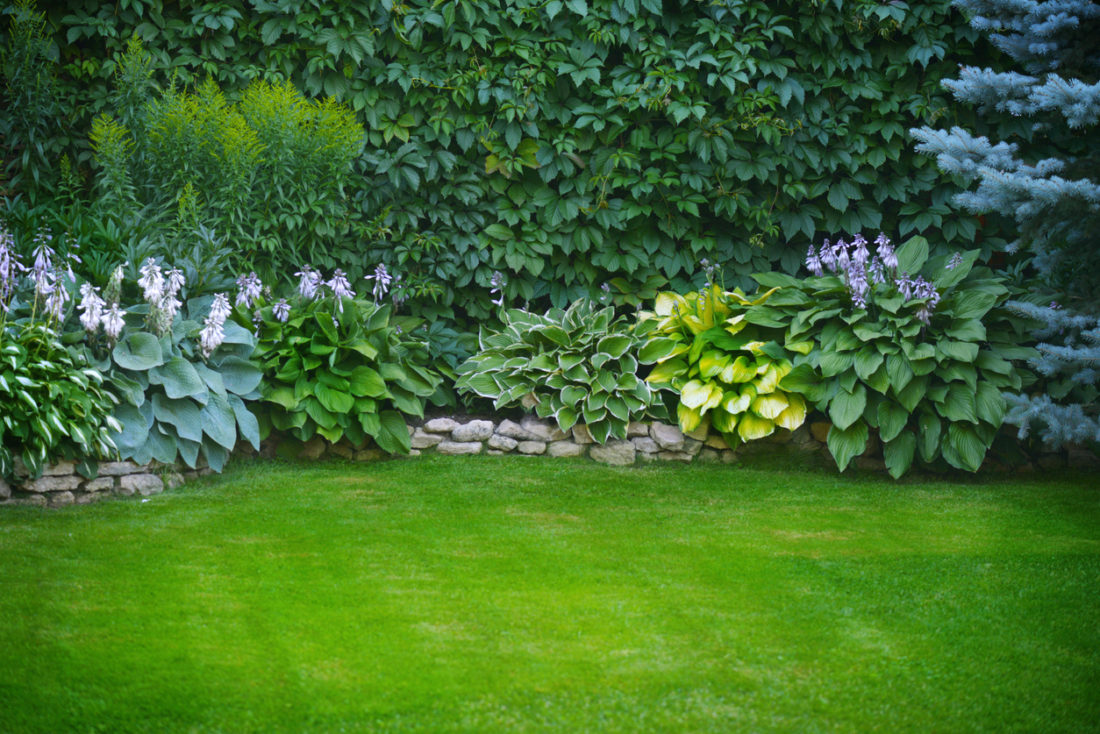
While many may have you believe that sowing grass seed is a difficult task, we’re here to tell you it’s completely doable.
And more than that - we’re here to tell you how to sow grass seed and take care of your lawn.
Here’s the great news: with Ireland’s moderate temperatures year-round, frequent light rain, and rarely frozen soil, growing grass is easy.
Read on for everything you need to know on how to sow grass and how to properly maintain your lawn afterwards.
Tools for the Job:
Step-by-Step Guide on How to Sow Grass Seed
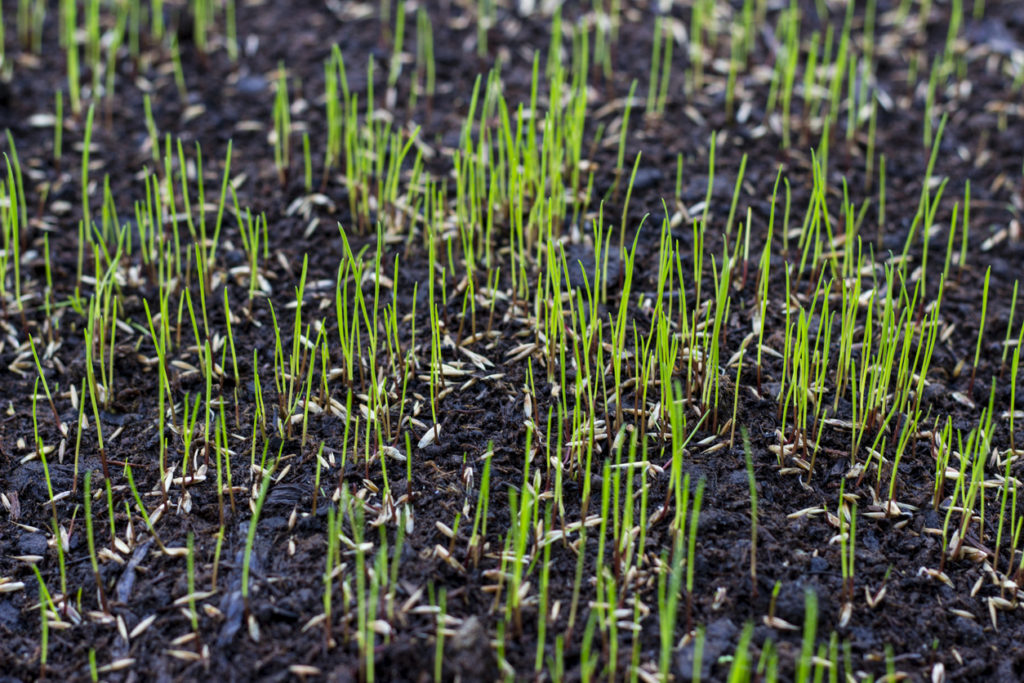
1. Prepare Your Soil
Before you even open your bag of grass seed, you need to make sure your soil is prepared. Double-check your soil to make sure it’s a healthy environment for your seeds. While clay, sand, and loam are harder to work with, you can mix top soil in to make sure your seeds can successfully grow.
Remove any weeds in your seedbed with weed control or using a hand trowel. Those will compete with your seedlings, and unfortunately, they’ll more than likely win. Make sure your soil is well-draining so it doesn’t drown your seedlings, as well.
Rake the seedbed so it’s properly level to make sure your lawn looks nice and even when the seedlings germinate.
2. Plant Grass Seed
Sow your grass seeds about 6-12mm deep so they are able to reach the top of the soil bed to push through once they germinate. You can either use a seed spreader to move quickly, or you can sow grass seeds by hand.
Using your rake, spread the grass seeds throughout the seedbed so that they are properly mixed with the soil.
Then, using your foot, press down on the soil to make sure your seeds are in contact with the soil. They’ll absorb the proper nutrients needed to germinate.
3. Water Regularly
Continue monitoring and watering the lawn well for the next six weeks. If you’re planting in seasons of less rain, you should plan to water daily. If it’s raining, you can skip watering manually for the day.
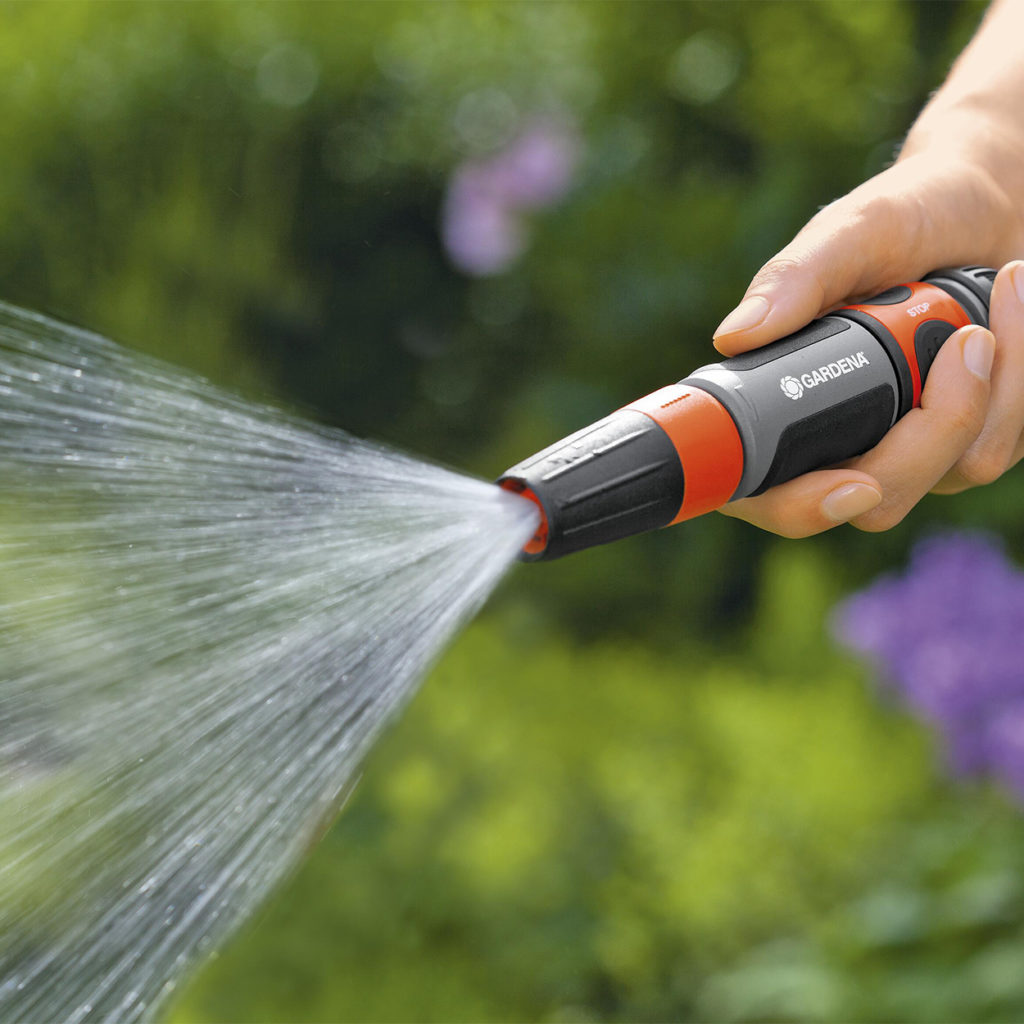 Gardena Cleaning Nozzle
Gardena Cleaning NozzleHow to Take Care of Your Lawn to Keep it Healthy
Once you’ve sown grass seeds, it’s time to maintain it. Keeping up with it is a major part of keeping a lawn healthy.
We’ve gathered up the top tips to take care of your lawn.
Mow Regularly
Once your lawn is fully established, you need to cut it regularly with a lawnmower. Doing so actually helps promote new growth, which keeps your lawn looking green and full. When you regularly cut your grass, it encourages your grass roots to spread. This naturally fills in gaps and prevents weeds from overtaking.
In warmer months, like summer, mow your lawn once a week. During Spring, Autumn, and Winter when necessary, trim your lawn once every two weeks.
During summer, leave your grass blades longer by cutting them no shorter than 5cm. This prevents your lawn from getting sunburned and drying out.
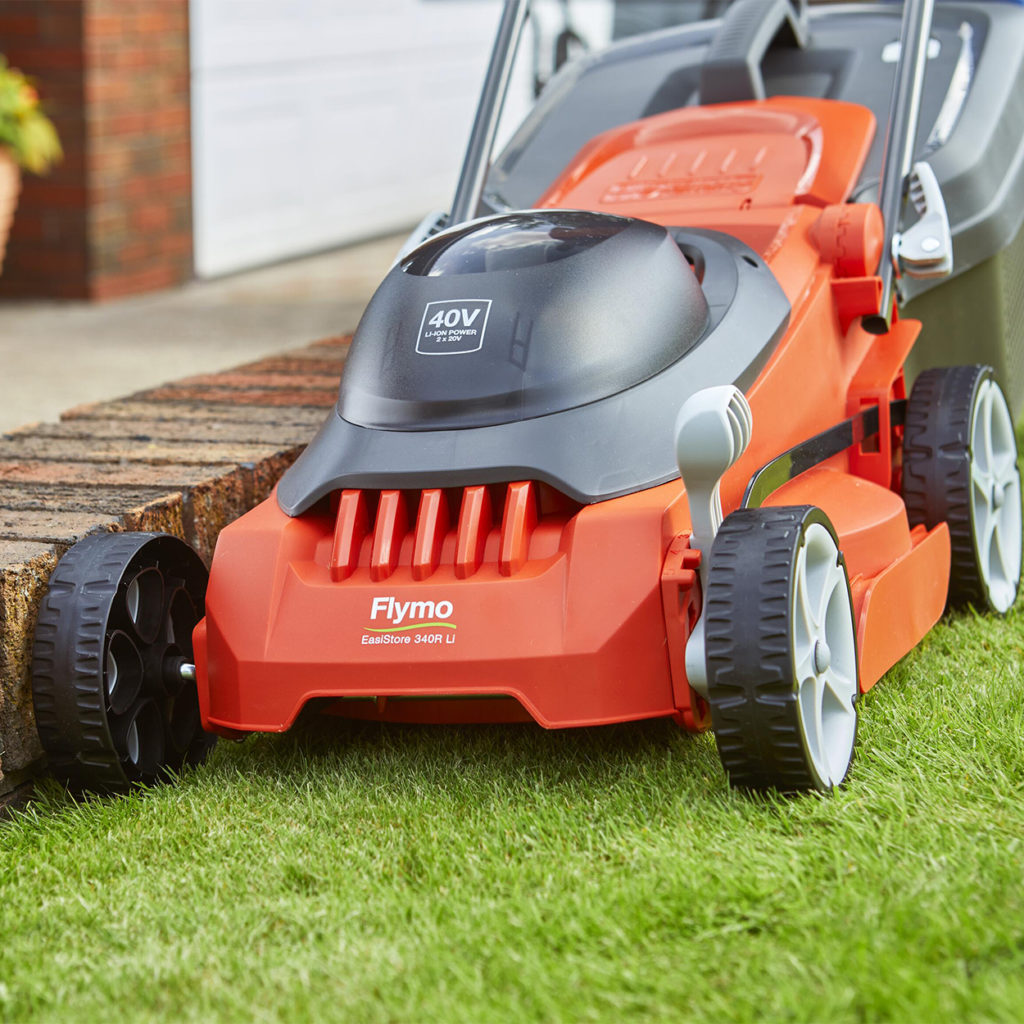 Flymo EasiStore 340R Electric Lawnmower
Flymo EasiStore 340R Electric LawnmowerWater Consistently
It’s important to water consistently. But you have to find a balance between watering appropriately and overwatering.
When you overwater, the grass doesn’t root as deeply and can be pulled up too easily. Use a sprinkler when you can or a water hose with a spray gun that has a sprinkler setting.
Be sure to allow rainwater to do its job - don’t water when it has just rained.
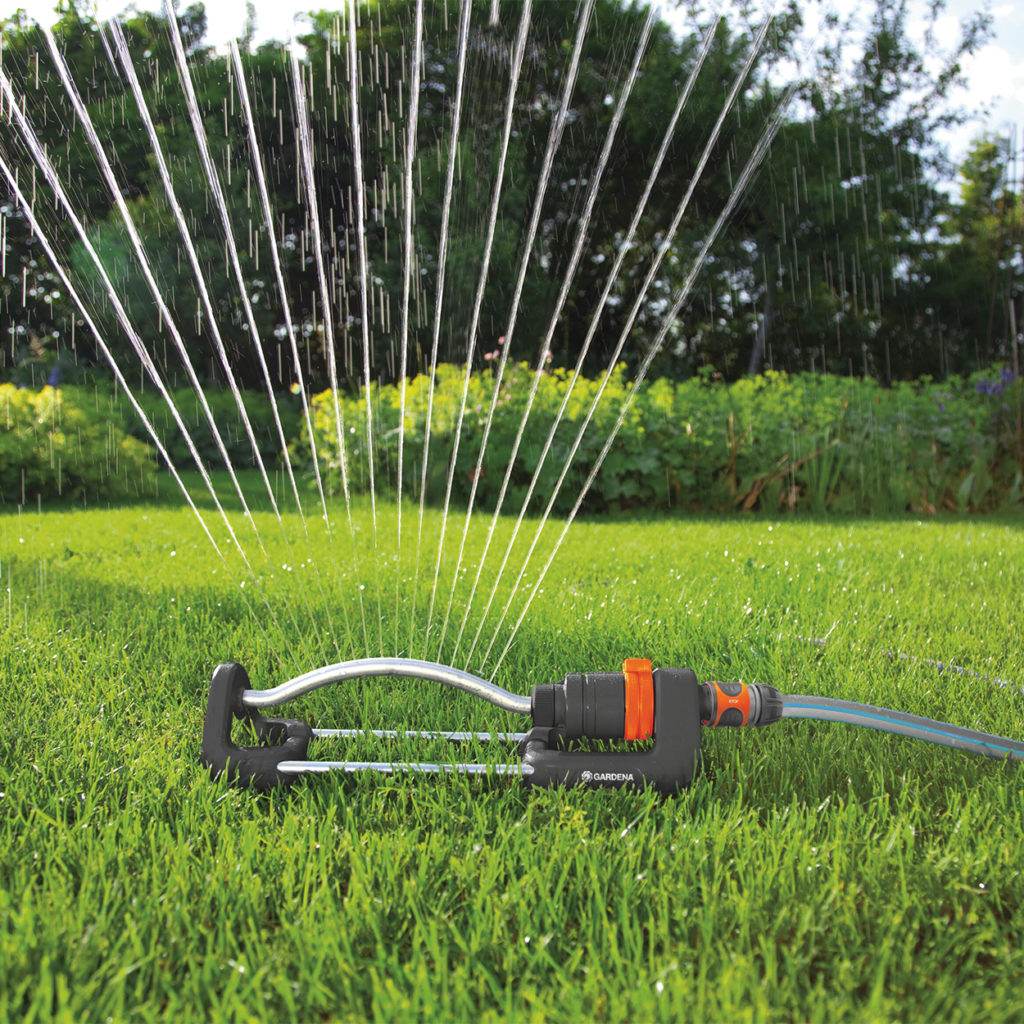 Gardena Oscillating Sprinkler
Gardena Oscillating Sprinkler Weed Often
Weeds grow quickly and widely, which can overshadow your lawn. They quite literally smother your grass and prevent any growth. Keep up with weeding your lawn often to keep your grass healthy. Use either weed control or a trowel to dig up weeds by hand.
Aerate Compacted Ground
Compacted ground prevents your grass from getting the airflow and water drainage it needs to thrive. This can cause more bare patches in the summer and more mud puddles in the winter. Use a garden fork to aerate your compacted soil. Push your garden fork into the soil about 10cm deep, every 10cm along your soil bed.
Trim and Edge Your Lawn
Trimming and edging your lawn does wonders to make your garden look neat and tidy. Use long-handled edging shears to keep grass from overgrowing its boundaries.
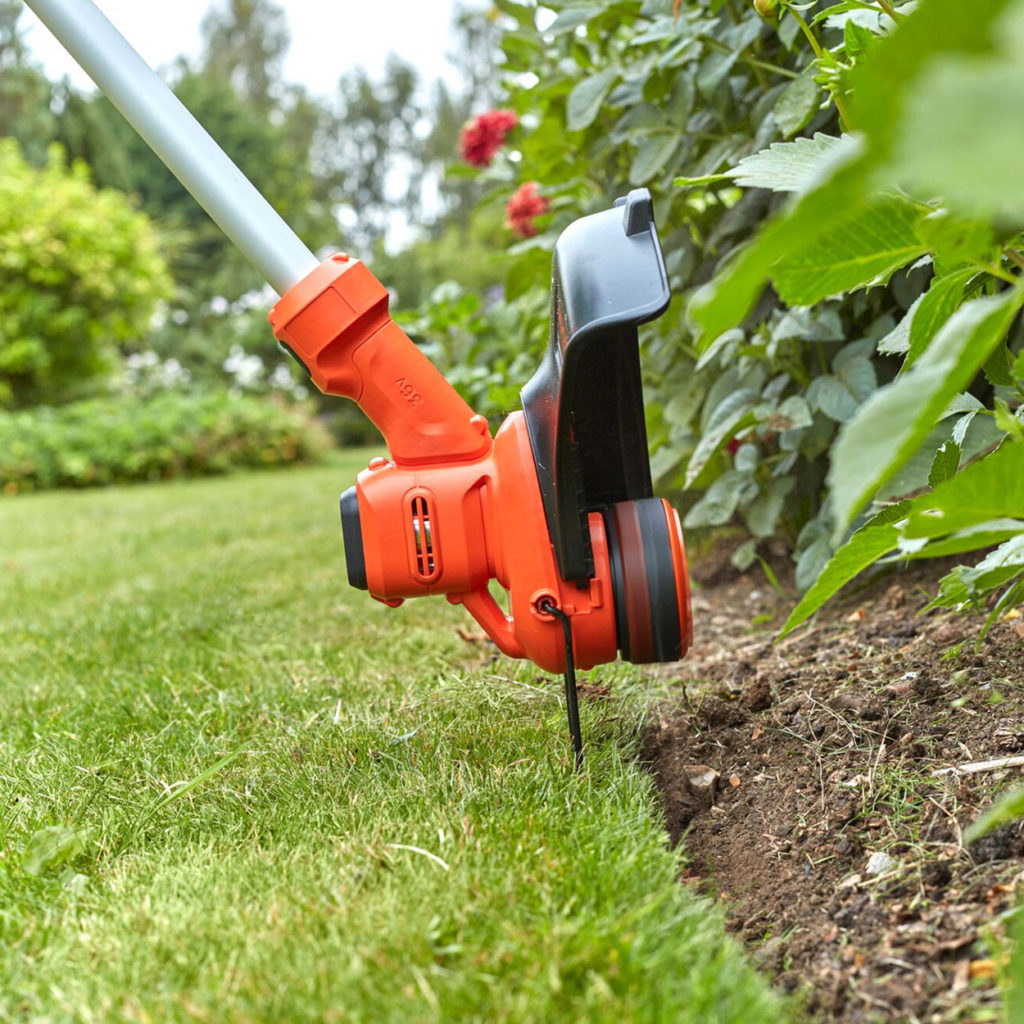
Feed When Needed
If you want your lawn to look as fresh as possible, you may have to do a little more than just water it. Particularly in the summer, which is the peak of new growth, be sure to feed it regularly.
Use your fertiliser just before it rains. This washes your fertiliser into your roots, instead of letting them sit directly on the grass blades, which can cause chemical burns.
If rain isn’t in the forecast, and your lawn is ready for fertiliser, apply it. Then use a watering hose or can to wash the fertiliser into the soil.
Fill in Sparse Areas
Sparse areas and bare patches in your lawn are common. But that doesn’t mean it has to take away from the look of your garden.
Filling in these sparse areas is just like sowing grass seeds. Rake over your soil so it’s tilled. Sow your grass seed. Use your rake to make sure your grass seed is in contact with the soil. Then stamp down the area with your foot. Water consistently, and soon your bare patches will be filled with fresh grass.
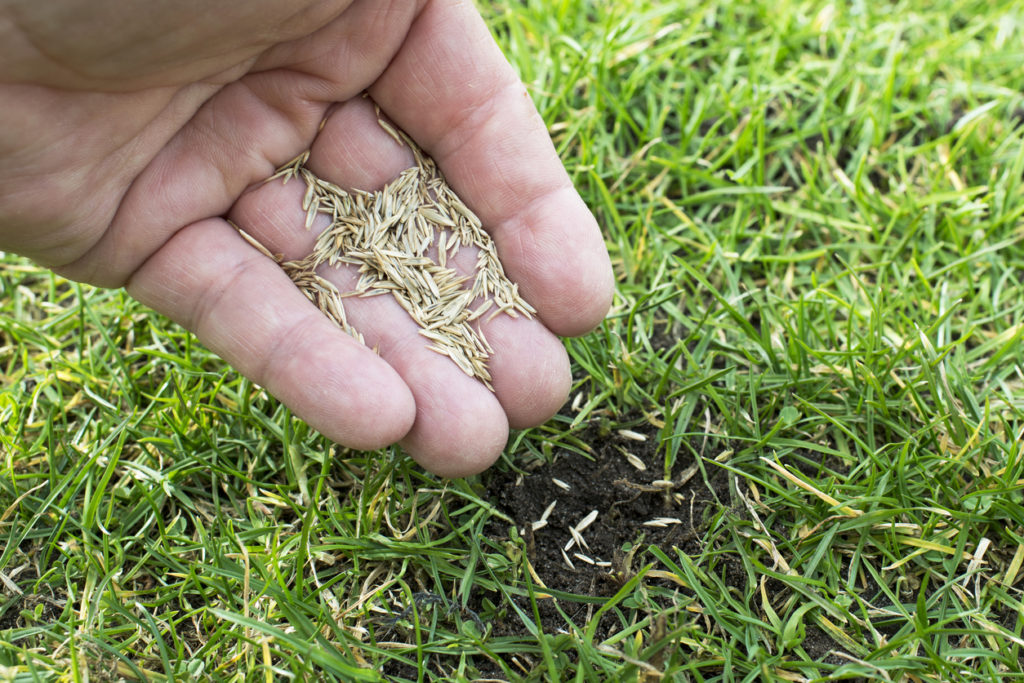
And that’s it! Your ultimate guide on how to sow grass and take care of your lawn.
Ready to get started with sowing grass seed to create a beautiful, lush lawn? We’ve got everything you need in our Lawn and Garden section!

- Lawn & Garden
6 Types of Soil for Plants: Which Soil is Best for Different Types of Plant Growth?

- Lawn & Garden
How to Remove Moss From a Lawn

- Lawn & Garden
How to Prune Roses in 6 Easy Steps
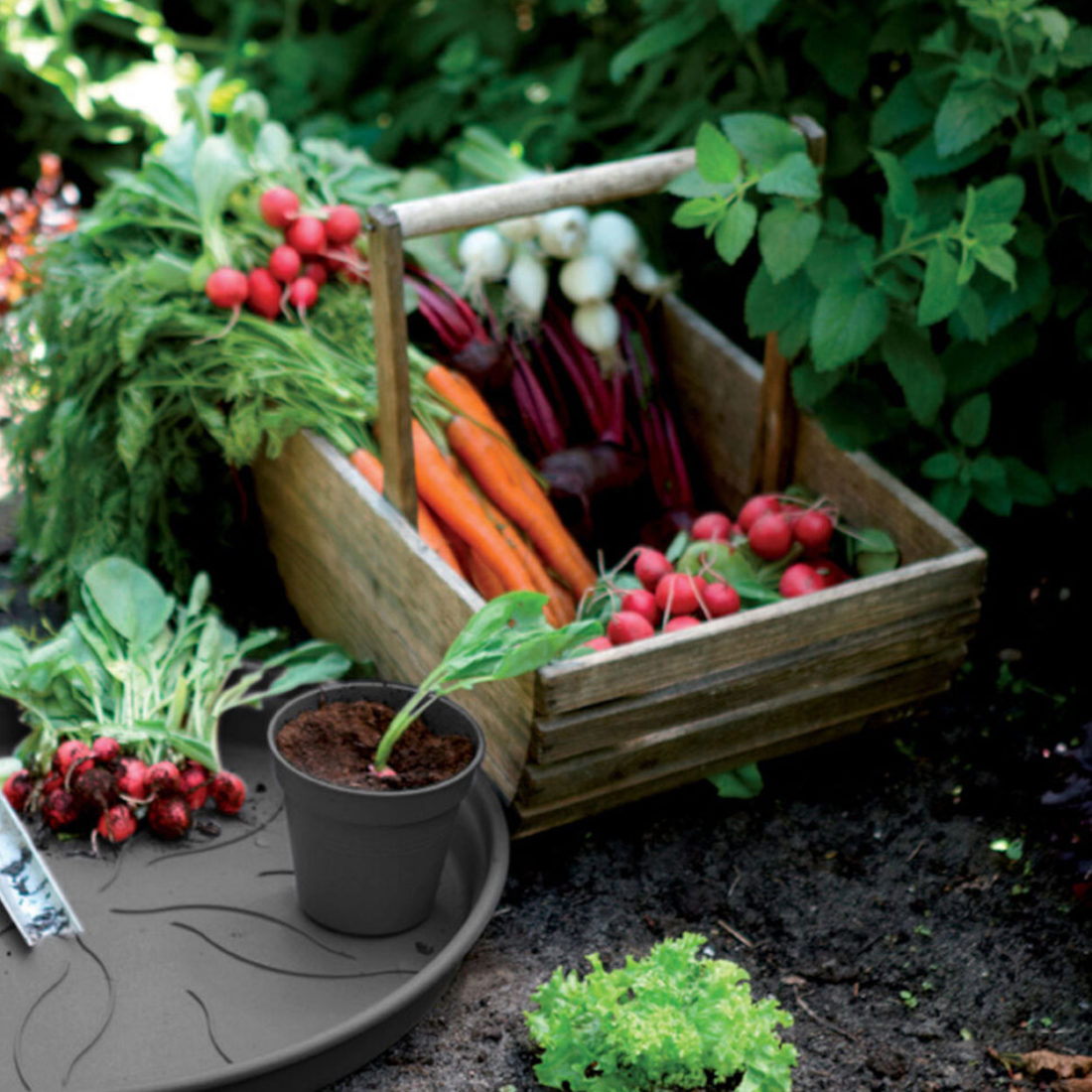
- Lawn & Garden
How to Grow Vegetables from Seeds: Everything You Need to Know
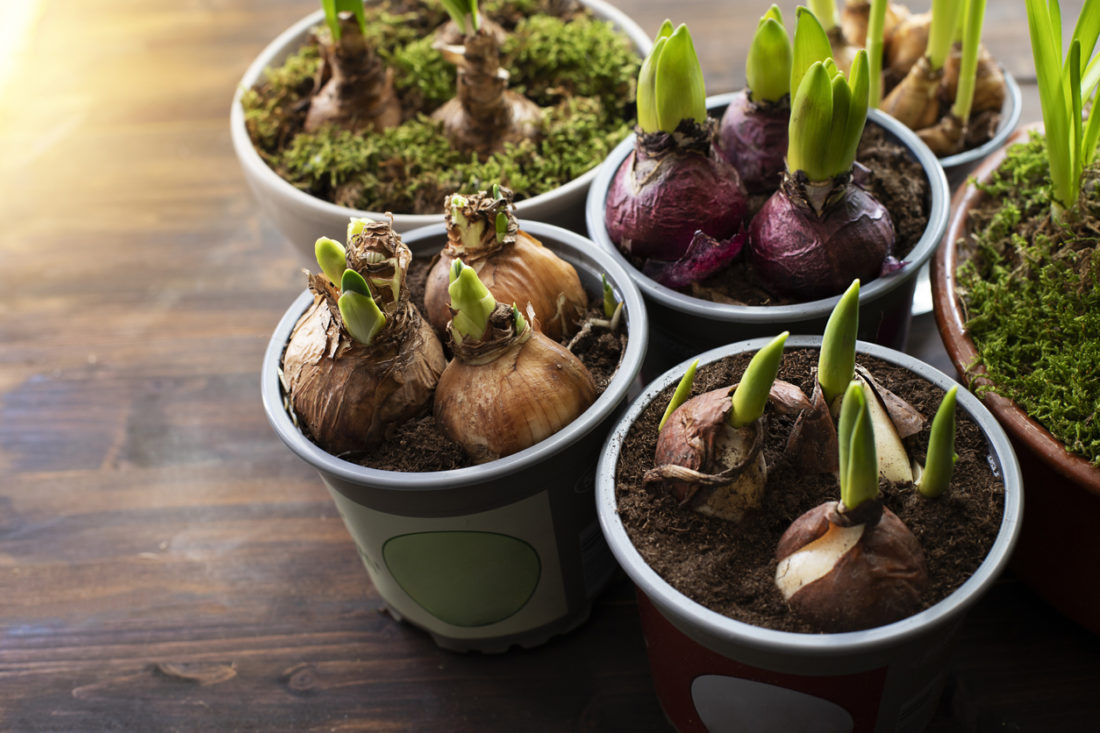
- Lawn & Garden
Planting Summer Flowering Bulbs: 4 Easy Tips on When, Where, and How to Plant Them

- Lawn & Garden
